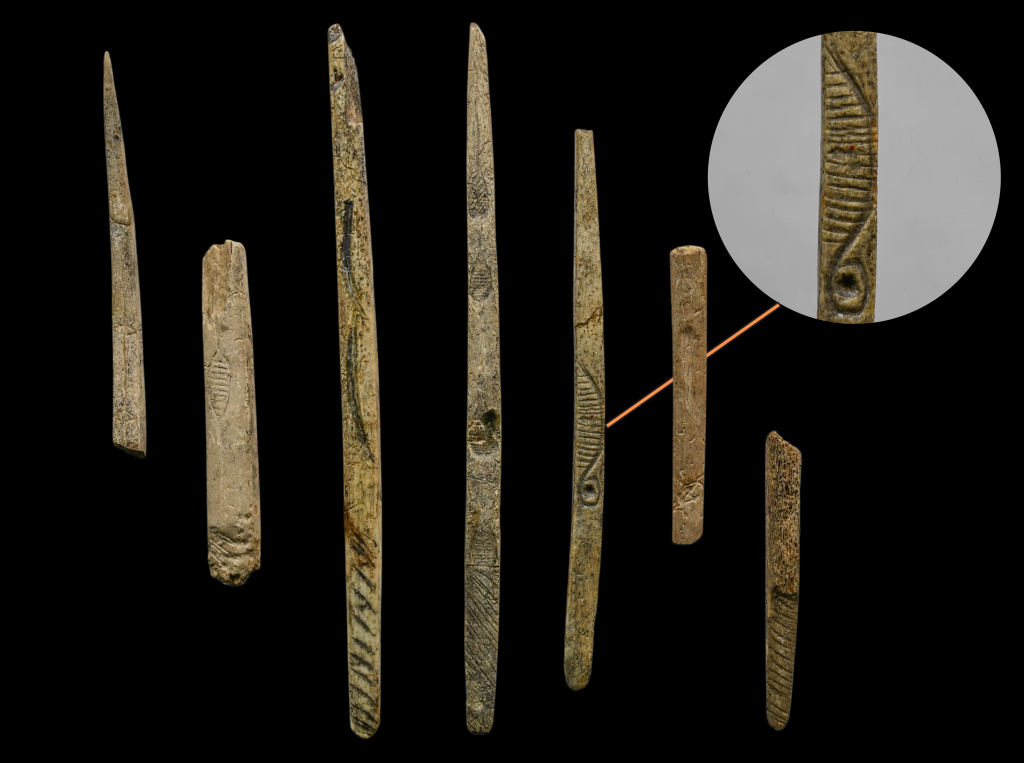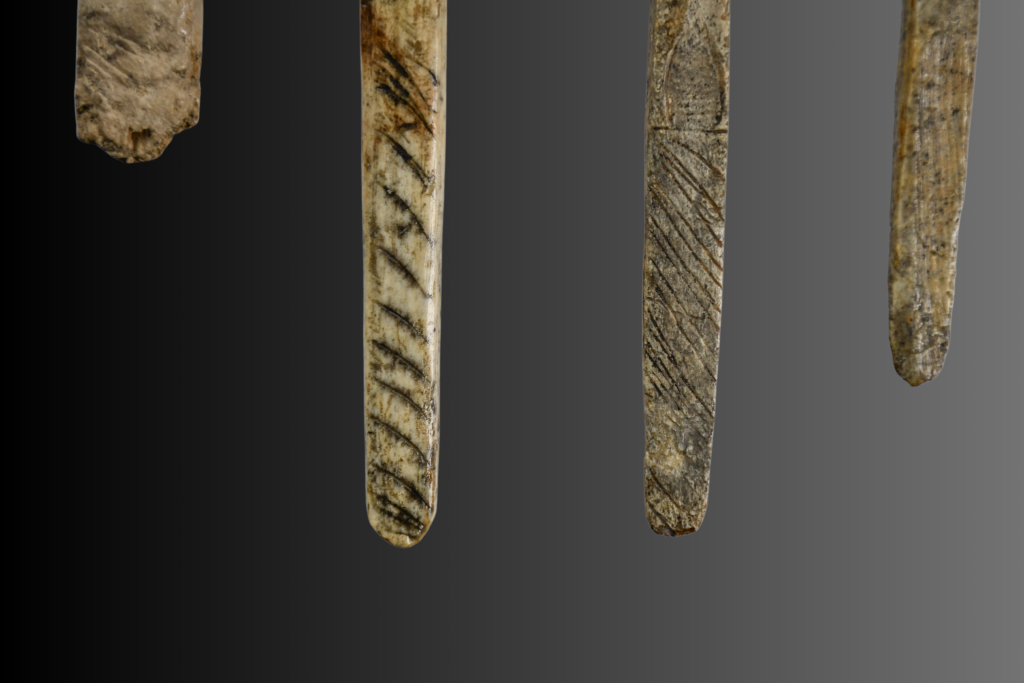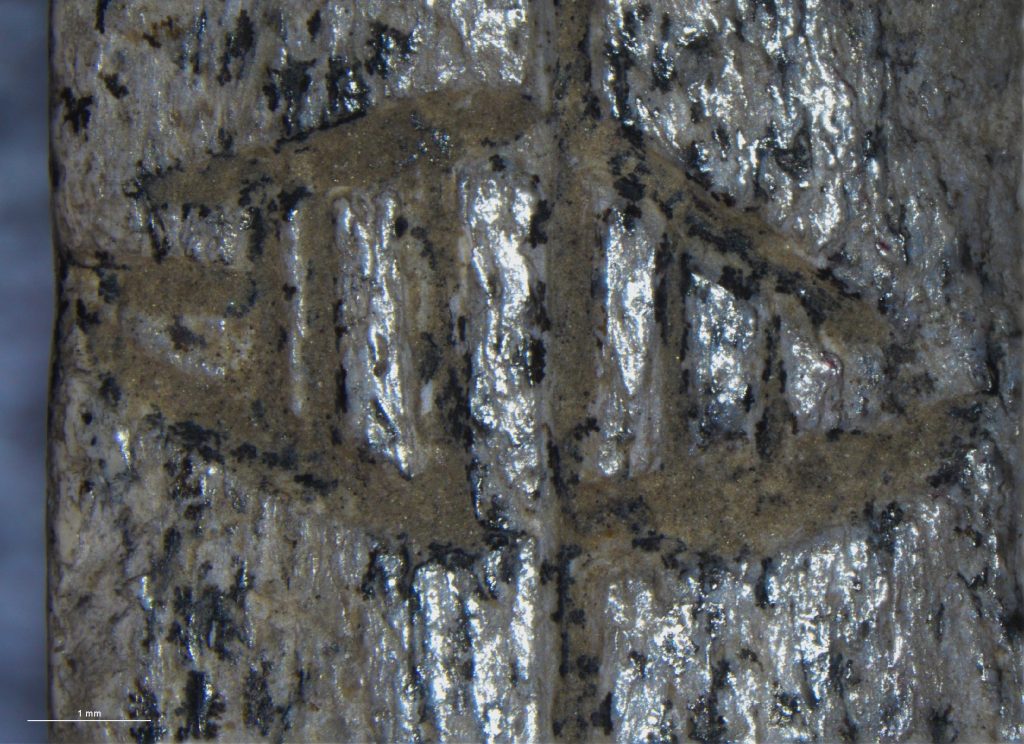
In early March, our team initiated research on the blades from Maszycka Cave. These artefacts constitute a significant assemblage of tools made from bone, antler, and mammoth ivory, excavated in the second half of the 19th century by Gotfryd Ossowski. The finds have been dated to approximately 18,500–18,000 cal BP and are attributed to the Middle phase of the Magdalenian culture. The objects from Maszycka Cave are curated within the collection of the Archaeological Museum in Kraków, from where they have been temporarily loaned for detailed analyses of their ornamentation and surface modifications. The first batch of artefacts (seven blades) has already arrived at the laboratory and is currently undergoing microscopic documentation. Plans are also underway to perform CT scans of the artefacts, and selected blades will be replicated using epoxy resin casts. While our primary focus is on the morphology of the ornamentation, we are also documenting use-wear and manufacturing traces. Additionally, we are examining post-depositional modifications, including faunal gnawing, alterations caused by plant roots and chemical compounds, as well as fractures.

Despite their considerable age, the artefacts discovered deep within the cave are remarkably well preserved, with some surviving intact. The blades are slender, measuring between approximately a dozen and over twenty centimetres in length, and tapering towards the tip. Their makers, representatives of the Magdalenian culture, used them primarily for hunting. Many of the blades have specially shaped bases, designed to be hafted onto wooden shafts for use as projectile weaponry. To enhance hunting efficiency, some blades were equipped with sharp microliths, set within grooves cut into the surface using lithic tools.

Geometric engravings, including linear incisions, arcs, and zigzag patterns were incised onto the surfaces of the objects, forming diverse ornamental configurations. Both symmetrical and asymmetrical decorative patterns are present. One recurring motif observed on several blades from Maszycka Cave is the so-called “lenticular” or “teardrop” shape. Another frequently occurring pattern consists of parallel incised lines. The engravings were executed using flint tools, and in some cases, evidence of repeated incision deepening and widening is discernible.
We invite you to follow our research progress on the project website!
